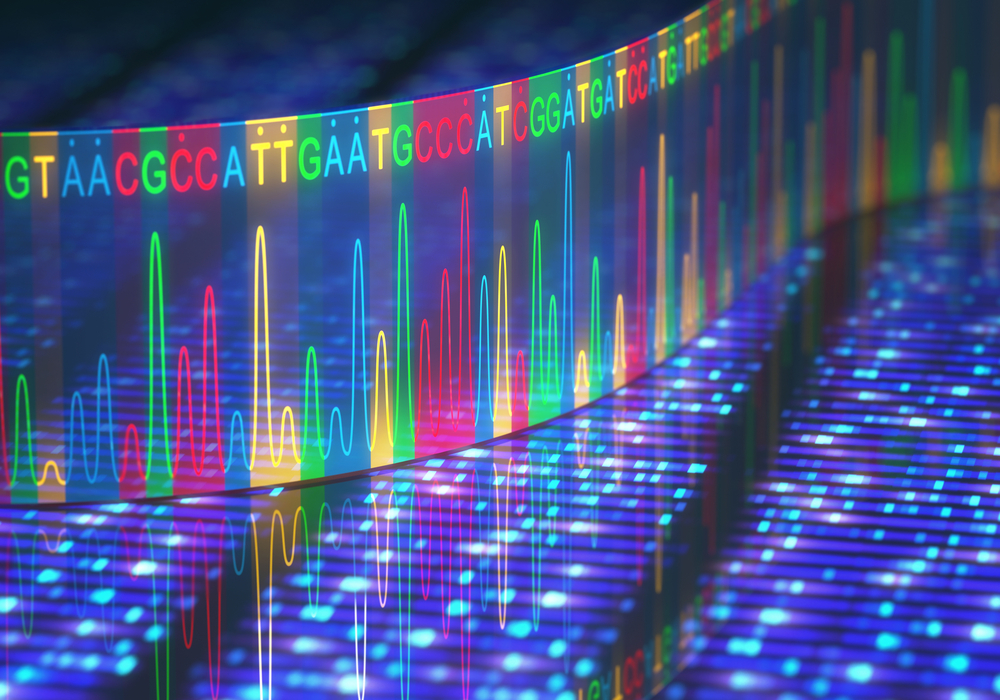Bionano Genomics Platform May Shorten Time to Duchenne Diagnosis, Researchers Suggest

A new method using DNA isolated from a blood sample was far more sensitive in detecting large mutations causing Duchenne muscular dystrophy than currently used genetic diagnostics tools, according to a new study.
The next-generation mapping method, using the Bionano Genomics platform, has the potential to replace less sensitive genetic diagnostic assays in the clinic, researchers argued in their report, published in the journal Genome Medicine.
For the study “Next-generation mapping: a novel approach for detection of pathogenic structural variants with a potential utility in clinical diagnosis,” which was led by Dr. Eric Vilain from the Children’s National Health Center (CNHC) and the University of California, Los Angeles (UCLA), researchers used the Bionano Irys and Saphyr systems, developed by Bionano Genomics.
They tested the next-generation mapping method on a group of eight Duchenne patients with known large deletions, insertions, or inversions of a sequence in the dystrophin gene. They also included three biological mothers of Duchenne patients.
The method readily identified mutations and confirmed carrier status in the mothers. Importantly, because the method makes use of DNA isolated from a blood sample, it can be contrasted to the diagnostic journey of one of the patients.
The patient had an invasive muscle biopsy and researchers performed three different molecular tests, including sequencing of all 79 protein-coding parts in the dystrophin gene without detecting the mutation — a large inversion.
That demonstrates that the next-generation mapping method is more sensitive than currently used tools for genetic diagnostics, and could potentially replace some now used in the clinic, researchers argued.
“We are excited by Dr. Vilain’s team demonstrating Bionano’s ability to correctly identify structural variants in patients with genetic disease. The current diagnostic process proves to be a true odyssey for many of the children and parents hoping to find answers or treatment,” Dr. Erik Holmlin, Bionano Genomics’ CEO, said in a press release.
“Dr. Vilain shows that, in some cases, a single Bionano test could replace or outperform up to four different tests, which would not only simplify testing, but would also dramatically shorten the search for answers.”
Researchers also noted that the method may have advantages over current techniques in detecting smaller mutations as well, and can detect mutations on a genome-wide level. Moreover, they said that cost and time of analyses are comparable to other genetic diagnostics techniques.
“We are also happy with the illustration in this work of how Bionano provides translational researchers with a tool that sees genome variations that other technologies miss. We can’t wait to see how other scientists and physicians, inspired by these incredible results, use Bionano mapping in their genome studies and analyses,” Holmlin said .






